1. No Shopping on Sundays

Believe it or not, grocery stores used to be closed on Sundays because of “blue laws,” which were meant to enforce religious observance. If you ran out of milk or eggs, you had to wait until Monday or borrow from a neighbor. These laws were taken seriously, and stores that broke them could face hefty fines. Some towns even had people patrolling to make sure businesses stayed closed. The idea was to encourage rest and family time, but for people who worked long hours, it was just inconvenient. Imagine planning your entire week’s meals and then realizing too late that you forgot something. Now, with 24/7 grocery stores and online ordering, it’s hard to picture a time when Sundays were off-limits. Even in places where blue laws still exist, grocery stores often have reduced hours rather than closing completely explains MLive.
People today expect convenience, and a grocery store being closed on a Sunday would feel bizarre. Weekend shopping is the norm because it’s when people have free time. Many stores even have their best sales on Sundays to attract customers. If stores still had to close, it would send people into a frenzy on Saturdays, much like holiday shopping chaos. The only modern equivalent is the panic that happens before a big storm, when everyone buys bread, milk, and eggs for some reason. But even then, you can usually still order groceries online. The idea that an entire day of shopping was off-limits feels outdated now. While some people might enjoy the break, most of us like having options. After all, what if you suddenly crave ice cream on a Sunday night?
2. Clerks Had to Pick Out Your Groceries for You
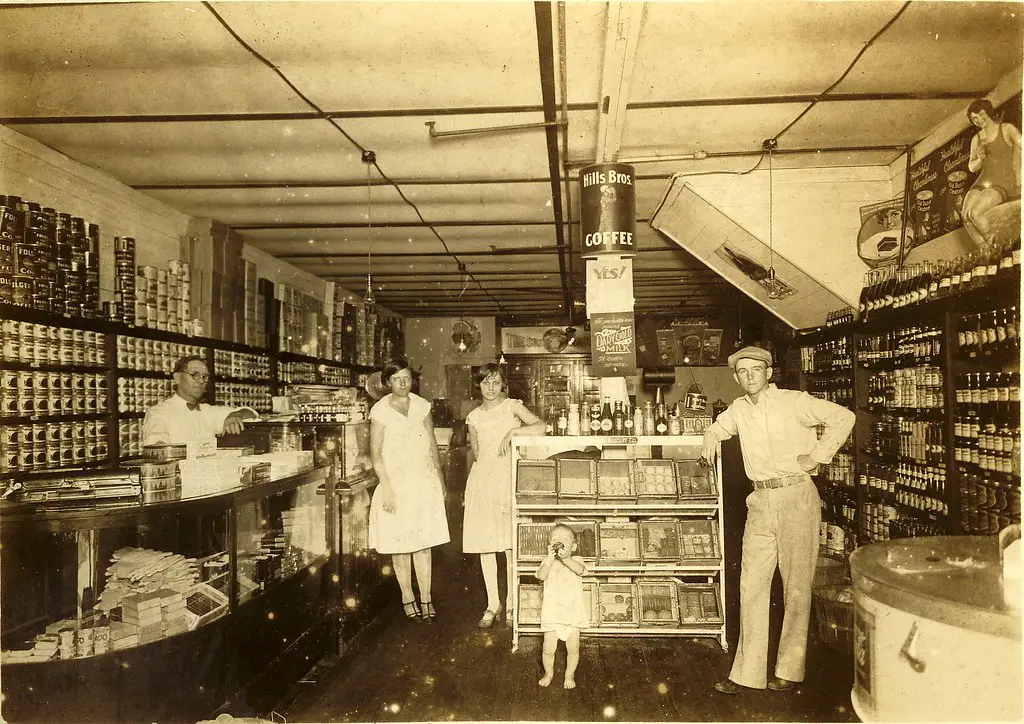
Before self-service grocery stores became common, customers didn’t actually walk through the aisles picking out their own items. Instead, they handed a list to a clerk, who would gather everything for them. This was meant to make shopping more efficient, but it also meant you had to trust that the clerk knew what they were doing. If you wanted a perfectly ripe tomato, you had to hope they picked a good one. There was no wandering through the store to compare prices or grab a last-minute snack. The process could be frustrating if there was a long line, as each customer had to wait for their order to be assembled. This setup also made impulse buying nearly impossible, which is probably a nightmare for today’s grocery store owners says BuzzFeed.
Imagine walking into a supermarket today and not being able to browse or choose your own items. It would be like a never-ending online order pickup situation, except with even less control. Sometimes you just want to look at all the options before deciding, especially when it comes to fresh produce or meat. There’s a certain satisfaction in picking out the best-looking apple or finding a hidden clearance deal. Plus, the whole experience of grocery shopping would be completely different without the chance to roam the aisles. It’s hard to believe that for decades, people never actually set foot in the sections where their food was stored. Now, we expect the freedom to shop at our own pace, whether we’re in a rush or just casually browsing.
3. Cash Only, No Credit Cards

There was a time when grocery stores didn’t accept credit cards at all, forcing shoppers to carry enough cash to cover their entire bill. If you miscalculated, you either had to put something back or run to the nearest ATM—if ATMs were even common in your area. This rule was partly because stores didn’t want to deal with credit card processing fees, which cut into their profits. It was also because using credit for everyday purchases wasn’t widely accepted yet. Debit cards weren’t an option either, since they didn’t become popular until the ’80s. If you were short on cash, you had to hope the store let you start a tab, which was basically an old-school version of buy now, pay later shares Reddit.
Today, the idea of a cash-only grocery store sounds absurd. Most people don’t even carry cash anymore, relying on credit, debit, or mobile payments instead. Some stores have even stopped accepting cash altogether, which would have been unthinkable decades ago. With online grocery shopping and self-checkout lanes, paying with anything but a card feels outdated. Imagine trying to budget your groceries down to the exact dollar while standing in line, hoping you don’t go over. The convenience of just tapping a card and walking out has completely changed the way we shop. A store refusing to take cards today would likely lose customers instantly.
4. You Had to Bring Your Own Containers
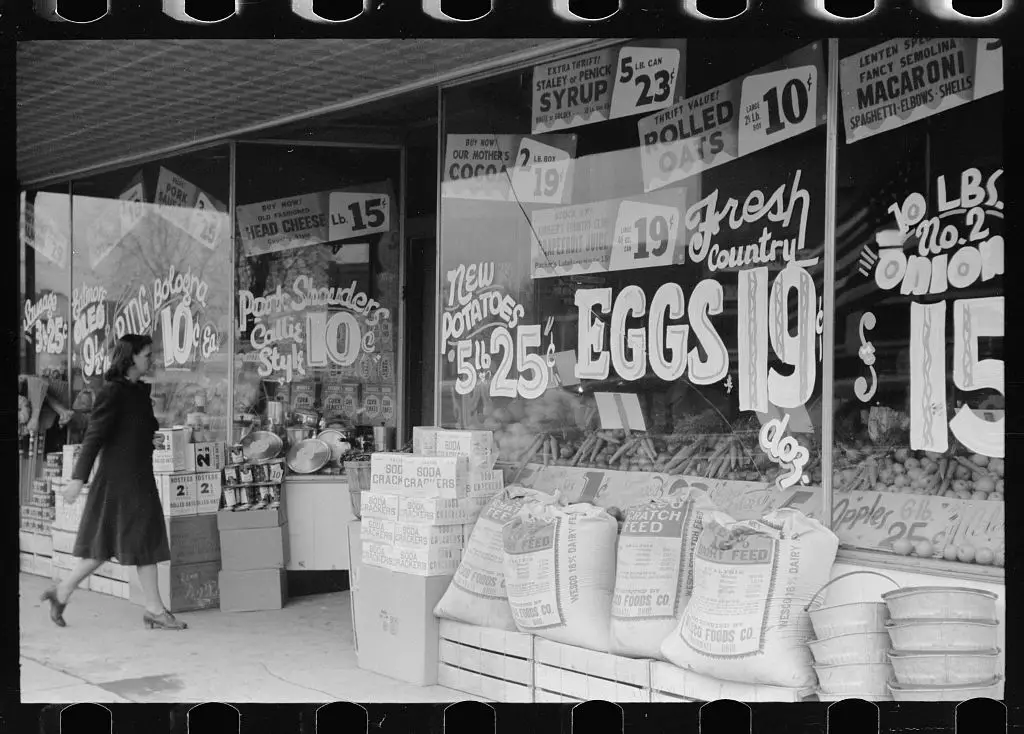
Long before plastic and paper bags were common, customers had to bring their own containers for groceries. If you wanted flour, sugar, or coffee, you had to bring a tin or cloth sack to carry it home. Stores sold items in bulk rather than prepackaged, and everything was weighed out by a clerk. This meant you had to plan ahead, making sure you had enough containers for everything you needed. Forgetting one meant either skipping an item or carrying it home in your hands. While it might sound eco-friendly, it was also a hassle. People had to keep track of dozens of containers and make sure they were clean before each trip.
Now, the idea of bringing your own container for every single item sounds exhausting. Most people struggle just to remember reusable shopping bags, let alone individual containers. Prepackaged food has made shopping much easier, even if it comes with more waste. While some stores encourage bulk shopping today, it’s entirely optional, and they usually provide bags. If stores suddenly switched back to requiring personal containers, there would probably be mass confusion. The convenience of modern packaging is something we take for granted, even if it’s not the most environmentally friendly. There’s a reason we moved away from this system, even if it did make sense at the time.
5. Stores Could Refuse to Sell You Certain Items
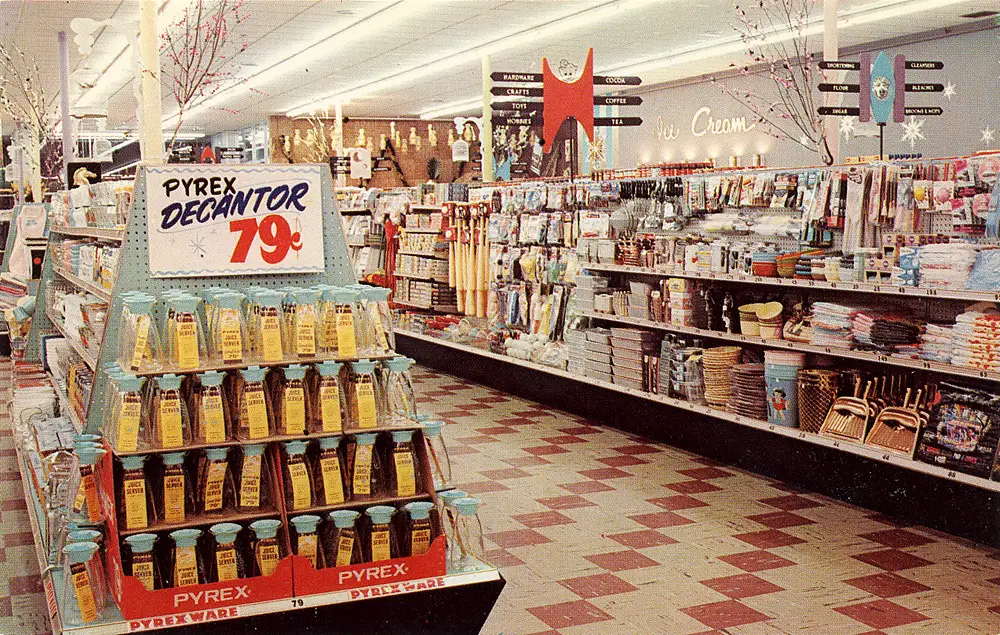
It used to be common for grocery stores to have rules about what they would or wouldn’t sell to customers. For example, some stores wouldn’t sell alcohol or certain types of meat based on religious or moral beliefs. Others had strict policies about not selling food to people who they thought couldn’t afford it, which is horrifying by today’s standards. If a store owner didn’t like you, they could simply refuse service without explanation. There were also unofficial rules, like not selling ice cream to kids without a parent present. These policies could be frustrating, especially in small towns with limited shopping options.
Today, stores don’t have nearly as much control over what customers can and can’t buy. As long as you have the money, you can purchase just about anything that’s legally available. While there are still restrictions on things like alcohol and tobacco, they’re based on laws rather than personal opinions. Imagine going to a grocery store and being told you couldn’t buy something just because the owner didn’t approve. It sounds ridiculous now, but that kind of control was once normal. In a world where people expect instant access to everything, the idea of a grocery store dictating purchases is laughable. We’ve come a long way in making shopping fairer for everyone.
6. No Free Samples
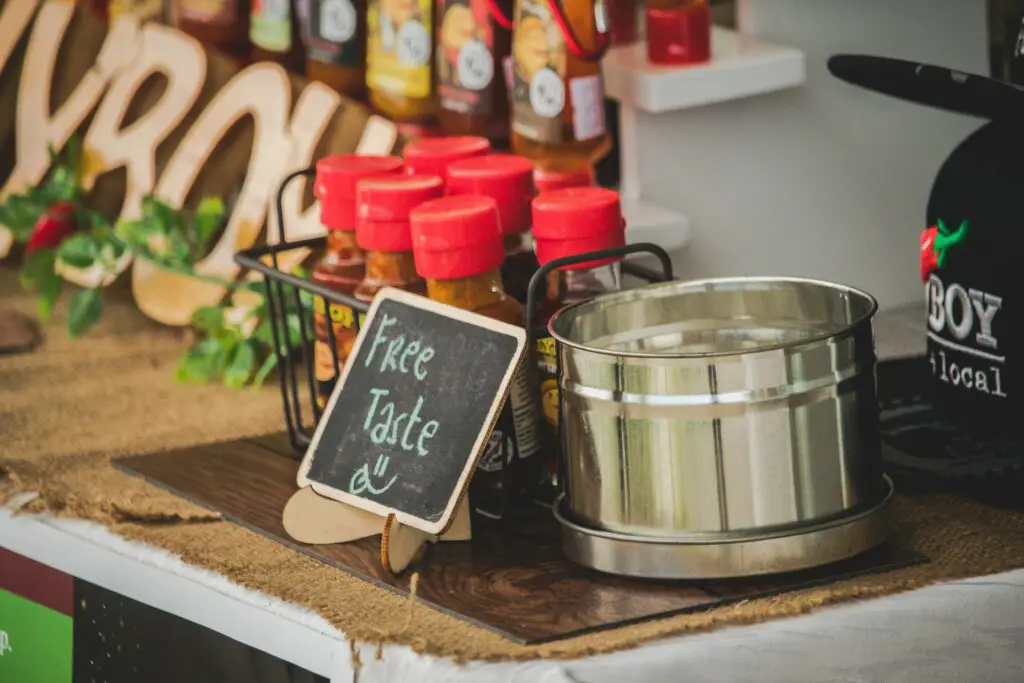
Before the age of free samples, there was a time when you had to commit to buying something without ever knowing what it tasted like. Grocery stores didn’t offer testers for things like deli meats, cheeses, or even new snack items. If you were curious about a product, you had to take the plunge and hope for the best, which could be a risk if you ended up not liking it. The absence of free samples meant that word of mouth was the best way to find out if something was good. If a product didn’t catch on, it was often pulled from the shelves quickly.
Now, free samples are almost an expectation, especially in larger grocery stores or warehouse clubs. You can try a new cereal, frozen food, or even a piece of sushi before deciding whether to buy it. This gives consumers a level of confidence when trying something unfamiliar. Imagine going to a store today and being told you couldn’t try the cheese before you bought it—you’d probably just walk out. The ability to sample products before purchasing has become so ingrained in shopping culture that its absence would feel jarring. It’s also become a marketing tool to encourage impulse buys, which only adds to the fun of grocery shopping today.
7. You Could Only Shop at One Store for the Week
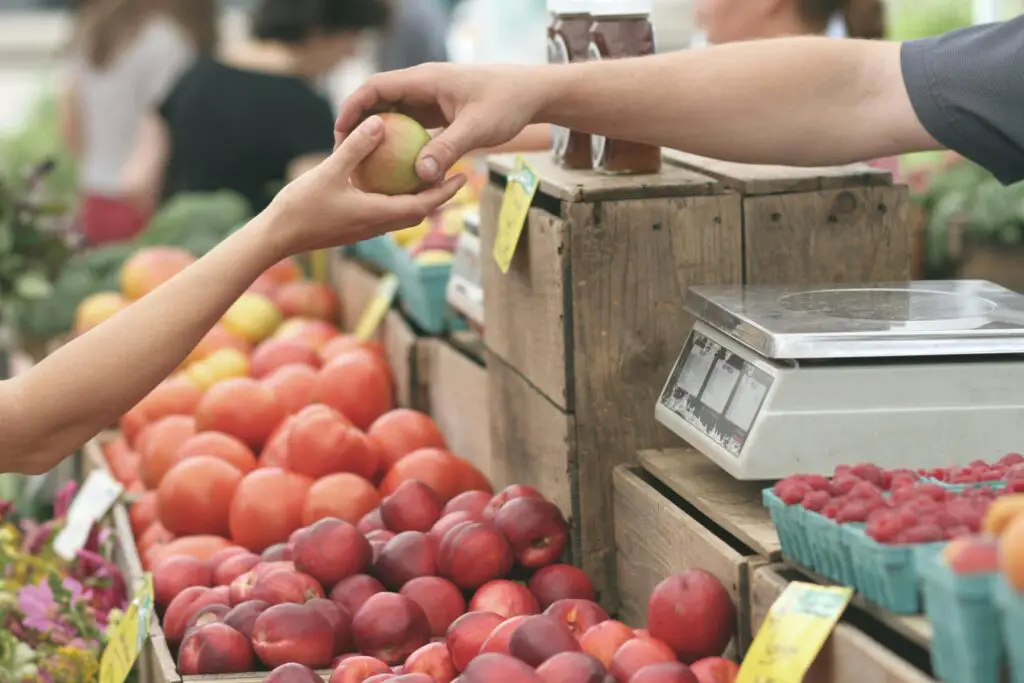
Back in the day, people typically bought all of their groceries in one trip and only one store. Shopping more than once a week was considered wasteful, and hopping between multiple stores was rare. The idea was that you should plan ahead and get everything in one go—fresh produce, canned goods, and all. This forced people to get creative with their meal planning, since they couldn’t just run out for a forgotten item mid-week. Running errands every few days was seen as a waste of time, especially when you had to go through the hassle of long lines and narrow aisles.
Today, multiple grocery trips are a regular part of life for many people. Between work, school, and busy schedules, it’s often impossible to get everything in one go. Many of us find ourselves running out of milk, bread, or eggs and stopping by the store for a quick fix. Plus, with delivery options or curbside pickups, the idea of planning one big grocery trip has become less necessary. It’s not considered wasteful anymore to grab things throughout the week as needed. Most of us have learned the beauty of “just in time” shopping, grabbing what we need without committing to a huge haul.
8. No Stores Would Deliver to Your Door
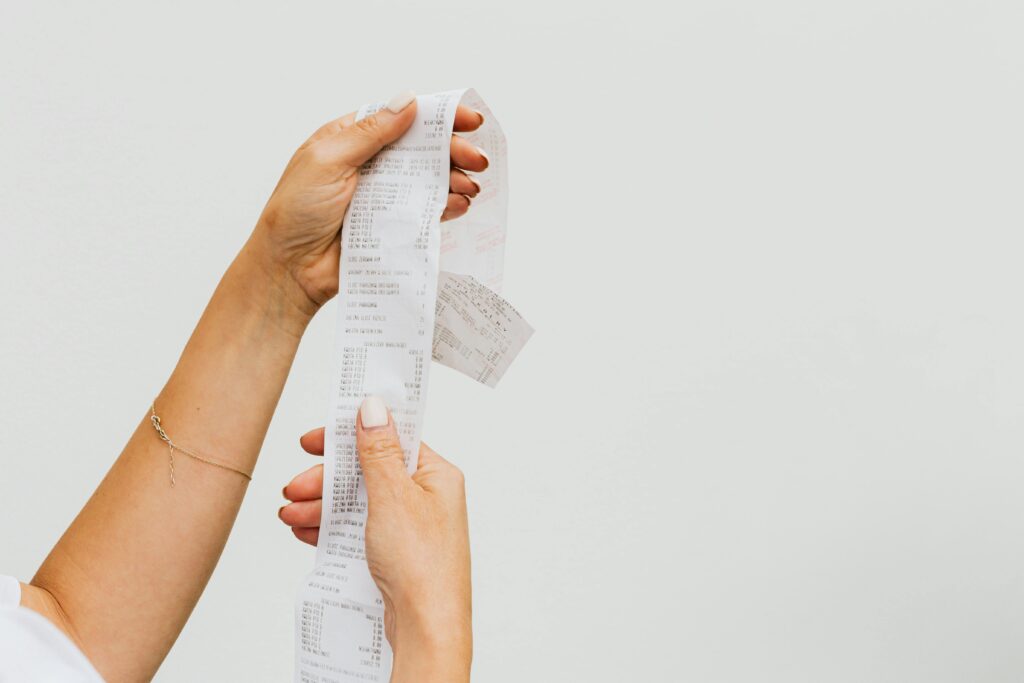
It used to be a major luxury to have groceries delivered right to your doorstep. In fact, for the most part, it was completely unheard of. If you didn’t have a car, you either walked or took public transportation with your bags of groceries. You had to manage heavy bags on your own, no matter how far you lived from the store. For those who could afford it, there were a few limited home delivery services available, but they were few and far between. Deliveries weren’t common or convenient, and often, people just figured out how to carry everything themselves.
Now, home delivery is practically an expectation. Thanks to services like Instacart, Amazon Fresh, and even local grocery stores with their own delivery programs, you can have your groceries delivered with the tap of a button. This is especially convenient for those who live in busy cities, have mobility issues, or just don’t feel like going out in the cold or rain. Many people don’t think twice about placing an order online and having their groceries arrive at their door the next day or even within hours. The idea of carrying groceries home is now seen as a chore rather than the only option. Grocery stores today cater to convenience, with home delivery making shopping easier than ever before.
9. No Pre-Packaged Produce
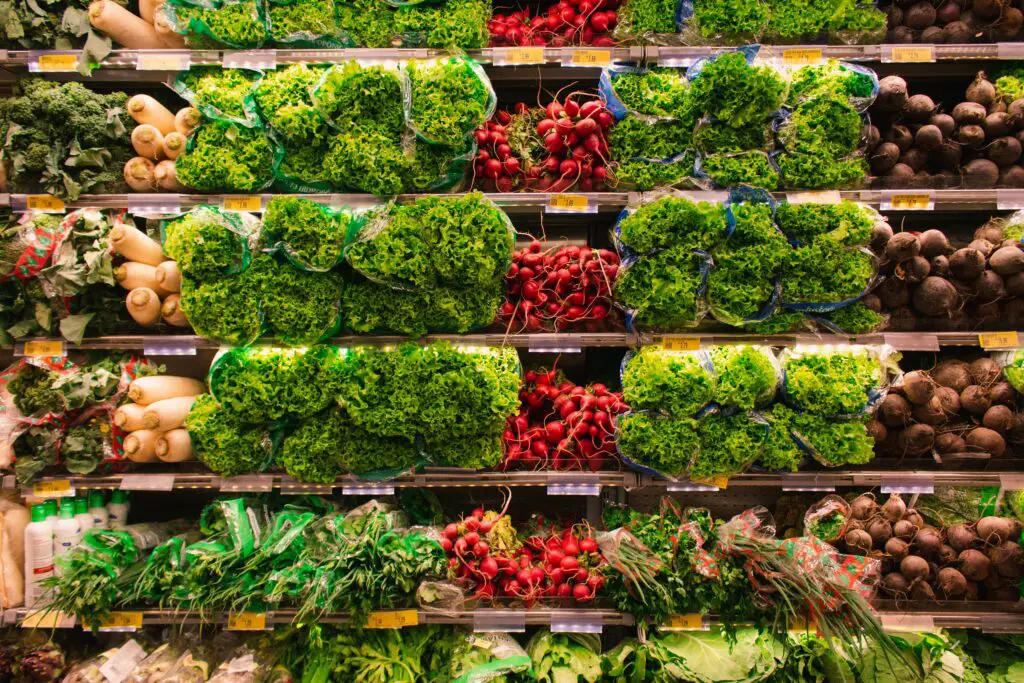
In the past, produce was often sold loose, and it was up to the customer to pick and weigh their own fruits and vegetables. There were no pre-packaged bags of salad or neatly stacked trays of cut fruit. The process was more time-consuming and required a certain level of skill. People had to handle the produce carefully to avoid bruising it, and sometimes there wasn’t a good way to determine if something was perfectly ripe. You could pick up a cucumber only to find out later it was soft in the middle, but you’d never know that without cutting it open.
Today, pre-packaged produce is practically the norm. Many of us appreciate the convenience of already-prepared salads, cut-up fruit, or even pre-peeled garlic. This not only saves time but also helps reduce food waste, as customers are more likely to use produce that’s already portioned for them. However, with pre-packaged produce comes more packaging waste, and it raises questions about sustainability. Despite that, the ease of grabbing a pack of pre-washed greens or pre-sliced melons is hard to beat. It’s hard to imagine going back to having to select every individual vegetable and weighing it by hand. The grocery store today is all about options and making shopping as quick as possible, and pre-packaged produce fits perfectly into that model.
10. No Pre-Cooked Meals
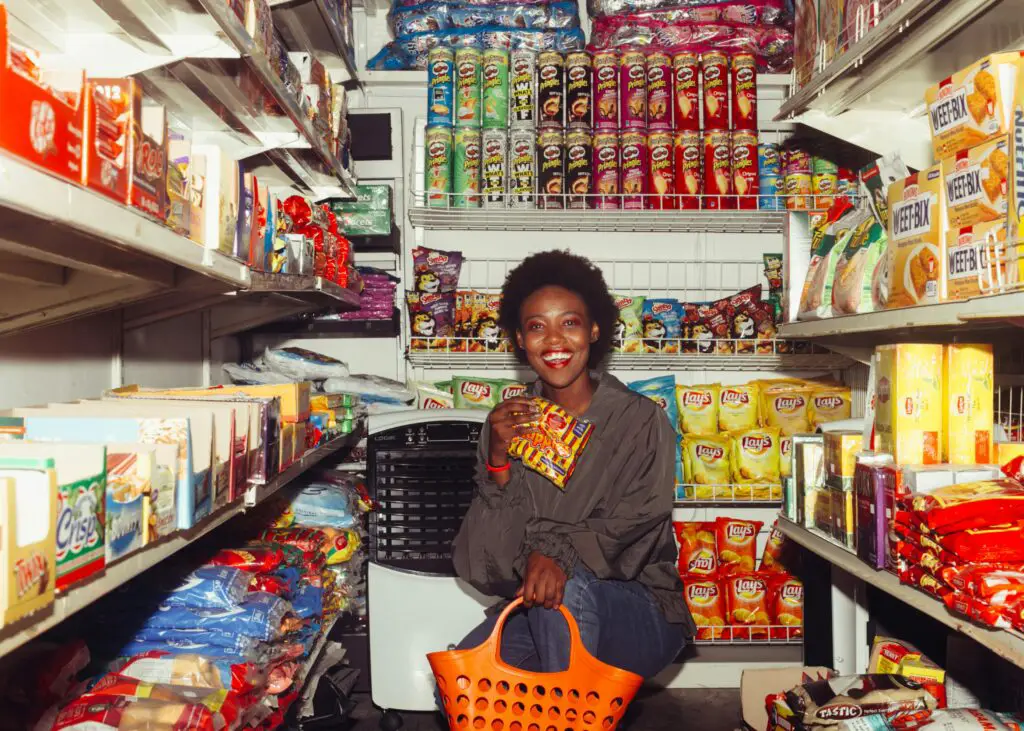
It wasn’t until relatively recently that grocery stores started offering prepared or ready-to-eat meals. Back in the day, everything had to be made from scratch, and you could only buy the raw ingredients. If you wanted something quick, you either had to know how to cook or resort to canned goods, which weren’t always the most exciting option. The concept of grabbing a pre-cooked rotisserie chicken or a meal kit from the store was unheard of. You had to plan your meals carefully, which often involved hours of cooking and preparing.
Now, you can walk into almost any grocery store and pick up a fully cooked meal that only needs reheating. This is especially useful for busy people who don’t have the time or energy to cook. Pre-made meals have become more diverse, from salads and sandwiches to full dinner spreads. Meal kits have also risen in popularity, offering all the ingredients you need to cook a fresh meal without all the prep work. The convenience of these options has revolutionized how we think about grocery shopping. It’s amazing how the evolution of convenience foods has made life easier and more efficient. The rise of pre-cooked meals also reflects our desire for efficiency in all aspects of life.
11. You Couldn’t Return Groceries

If you bought something at the store and didn’t like it, tough luck. Return policies didn’t exist for groceries in the same way they do now. If you bought a product, it was yours, whether it tasted bad or went bad faster than expected. There was little recourse if you made a bad purchase or if something wasn’t as fresh as you thought. People had to be careful with their grocery choices because mistakes weren’t easily fixed. If something was stale, you simply had to toss it out.
Today, many grocery stores offer flexible return policies, even for items that were opened or partially used. If a product doesn’t meet your expectations, you can often return it with no questions asked. This gives shoppers more confidence in trying new products, knowing that they can return it if it doesn’t work out. Return policies have become a big part of customer service, and they’ve helped make grocery shopping feel less like a gamble. Imagine how frustrating it would be if you couldn’t bring back that expired yogurt or bland bag of chips. We now expect to have that safety net, which makes shopping feel more secure.
12. No Self-Checkout Lines
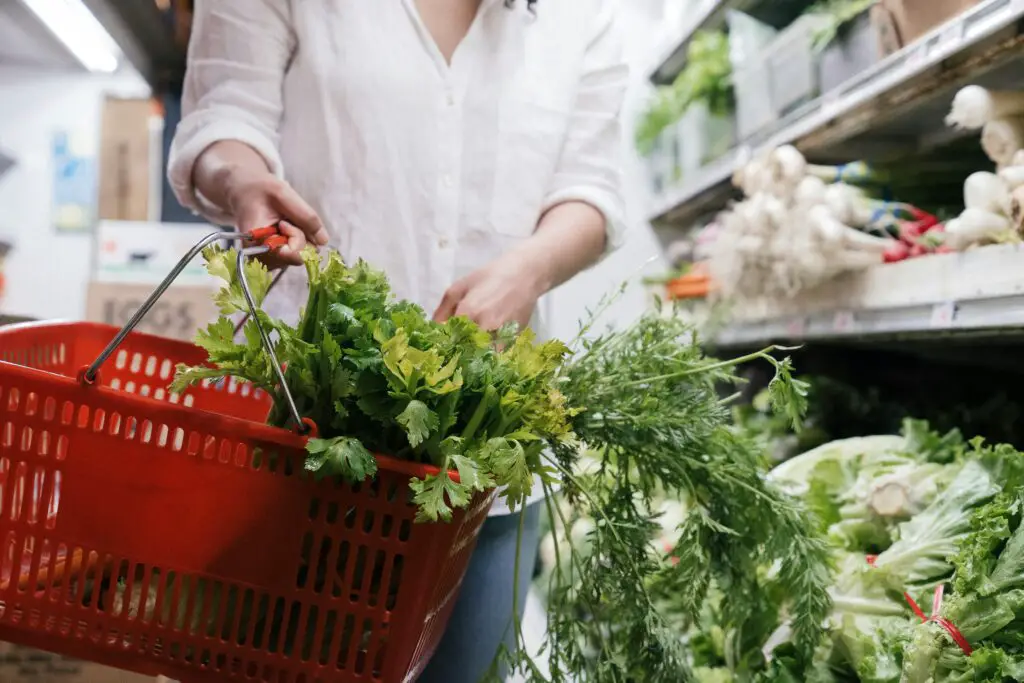
Before the 1990s, every transaction at the grocery store was handled by a cashier. That meant standing in line, unloading your cart, and waiting while the cashier scanned your items one by one. There was no such thing as a self-checkout line, which today, we often use to skip long waits. People either had to deal with the sometimes slow pace of human cashiers or seek out the quickest line available. But it wasn’t all bad—some preferred chatting with the cashier and building a little rapport over the quick process of scanning items themselves.
Today, self-checkout is common, and it’s now a key part of the grocery store experience. Many stores have multiple self-checkout stations to accommodate customers who want to get in and out fast. While it can sometimes be frustrating when the scanner doesn’t work, or the item doesn’t register, most people appreciate the convenience. It’s also a great option for smaller orders, when you don’t need a full interaction with a cashier. With technology constantly evolving, self-checkout is only going to become more seamless in the future. The notion of having to wait in line at a regular register for everything seems outdated now. It’s amazing how much time we save by just doing it ourselves.
13. No Discount Programs or Loyalty Cards
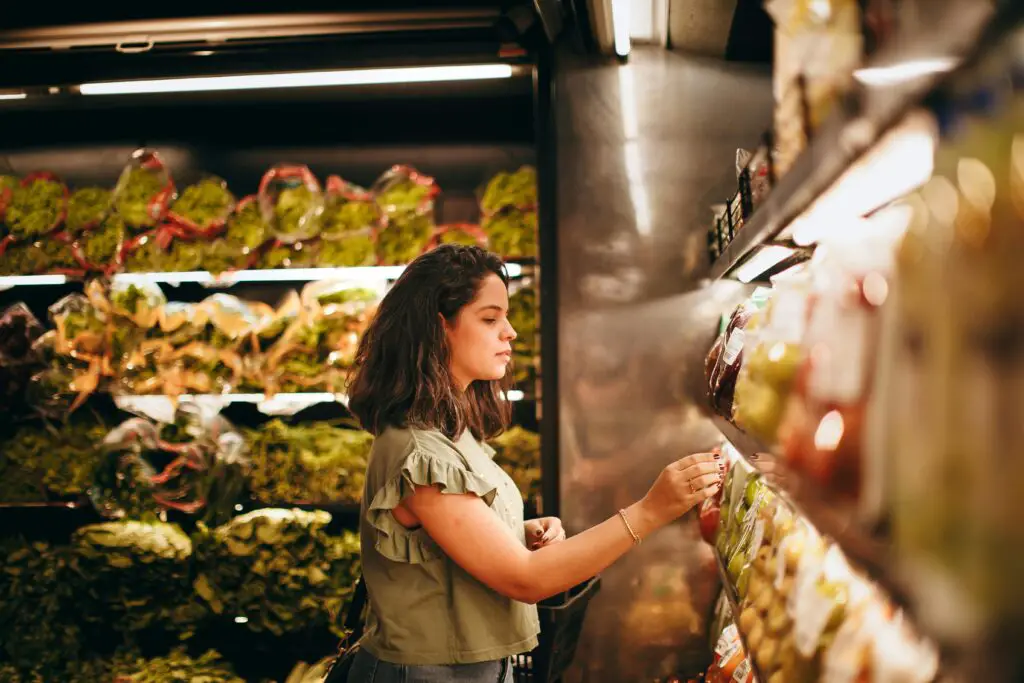
Loyalty cards and discounts are nearly ubiquitous today, with almost every grocery store offering some type of rewards program. But in the past, customers didn’t have the luxury of stacking discounts or earning points. Coupons existed, but most discounts were either given on a whim or not available at all. If you didn’t clip coupons, you were simply paying full price for everything. There were no personalized discounts, and no one cared if you were a frequent shopper.
Now, loyalty programs and discounts are an integral part of our shopping experience. Many stores offer discounts based on your shopping history or loyalty card usage. Some grocery chains even send personalized deals to your email, ensuring you get the best prices for what you usually buy. Couponing has also become easier with apps and digital coupons, and discounts can be used instantly. It’s hard to imagine a time when grocery shopping didn’t come with the potential for a reward. We’ve all come to expect deals in some form, and stores rely on these programs to keep customers coming back. It’s not just about saving money—it’s about the feeling of being rewarded for being a loyal customer.
